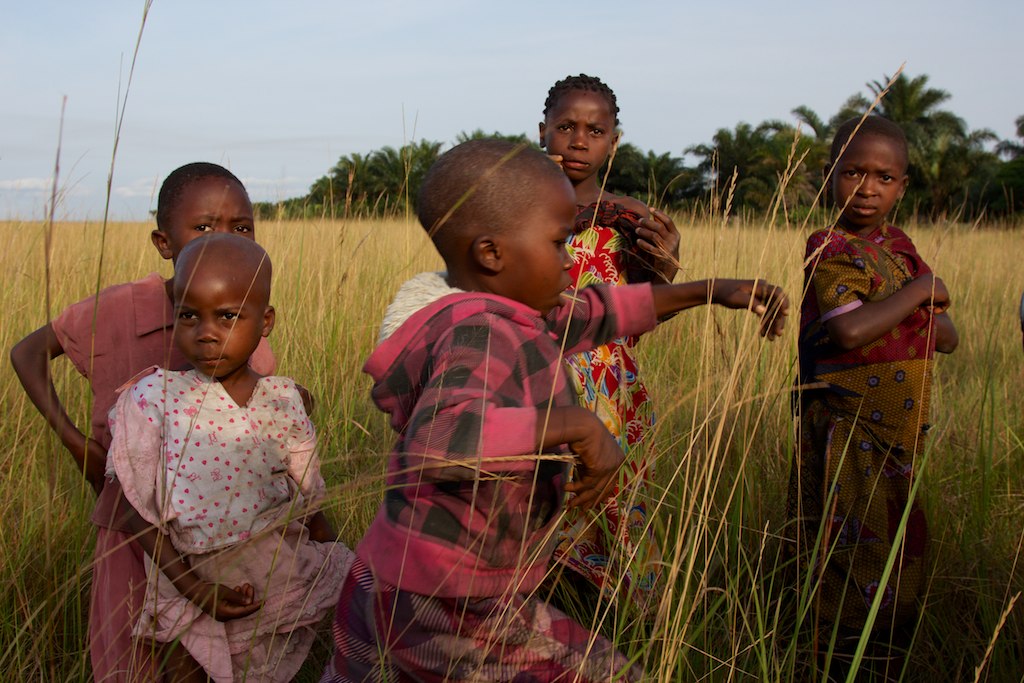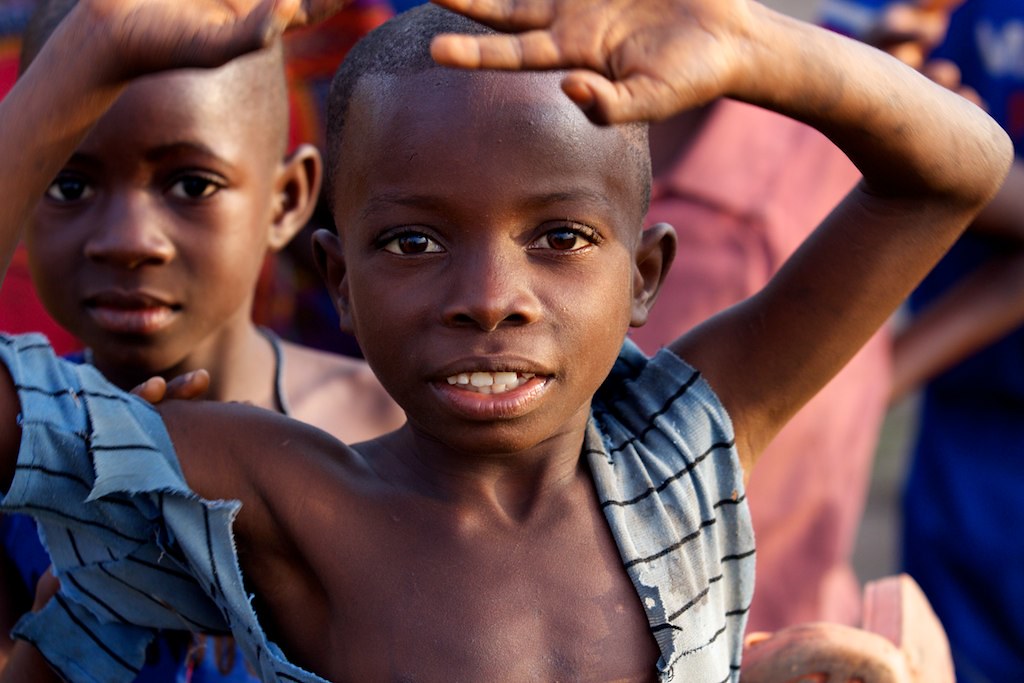Adopting from Congo, Democratic Republic of the
Notice: As of July 14, 2014, all individuals and agencies facilitating international adoptions must be in compliance with the Intercountry Universal Accreditation Act.
Contents
Congo Adoption Alert
The Department of State issues Adoption Alerts to caution American citizens about adopting from a certain country. To read about alerts pertaining to the Congo, please read Adoption Alert for Congo, Democratic Republic of the.
About the Democratic Republic of the Congo
Established as a Belgian colony in 1908, the then-Republic of the Congo gained its independence in 1960, but its early years were marred by political and social instability. Col. Joseph MOBUTU seized power and declared himself president in a November 1965 coup. To learn more, read About Congo, Democratic Republic of the.
National Anthem of the Democratic Republic of the Congo
"Debout Congolais" (Arise Congolese) is the national anthem of the Democratic Republic of the Congo. It was first adopted in 1960[1] upon independence from Belgium, but was replaced by La Zaïroise when Congo changed its name to Zaire in 1971. To learn more, read about the National Anthem of the Democratic Republic of the Congo.
Hague Convention Information
The Democratic Republic of the Congo is not party to the Hague Convention on Protection of Children and Co-operation in Respect of Intercountry Adoption(Hague Adoption Convention). To learn more, read about The Democratic Republic of the Congo and the Hague Convention.
Democratic Republic of the Congo Travel Fact Sheet
Over 200 ethnic groups populate the Democratic Republic of the Congo, of which the majority are Bantu peoples. To learn more top facts about this country, read the Democratic Republic of the Congo Travel Fact Sheet.
Who Can Adopt
In addition to U.S. immigration requirements, you must also meet numerous additional requirements in order to adopt a child from the Democratic Republic of the Congo. To learn more, read about Who Can Adopt from Congo, Democratic Republic of the.
Who Can Be Adopted
In addition to U.S. immigration requirements, the Democratic Republic of the Congo has multiple specific requirements that a child must meet in order to be eligible for adoption. To learn more, read about Who Can Be Adopted from Congo, Democratic Republic of the.
How to Adopt
The process for adopting a child from the Democratic Republic of the Congo generally includes the following steps:
- Choose an adoption service provider
- Apply to be found eligible to adopt
- Be matched with a child
- Adopt the child in the democratic republic of the congo
- Apply for the child to be found eligible for orphan status
- Bring your child home
To learn more about the process, please read How to Adopt from Congo, Democratic Republic of the, How to Adopt from Congo, Democratic Republic of the Part 2 and How to Adopt from Congo, Democratic Republic of the Part 3.
Traveling Abroad
To learn more, please read about Traveling Abroad in Congo, Democratic Republic of the.
After Adoption
To learn more, please read After Adoption in the Democratic Republic of the Congo.
SOURCE
Intercountry Adoption, Bureau of Consular Affairs. U.S. Department of State Country Information[1]












